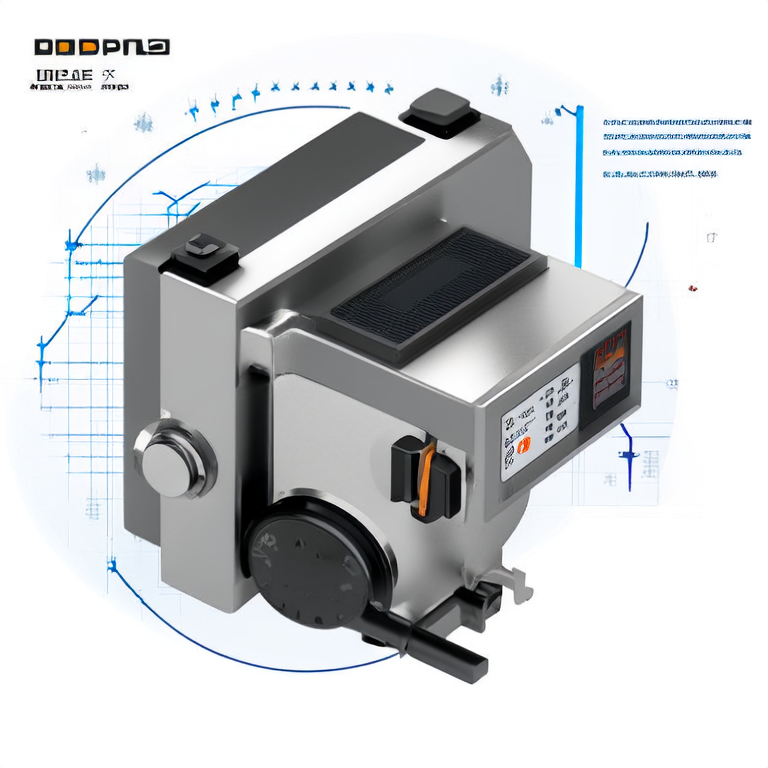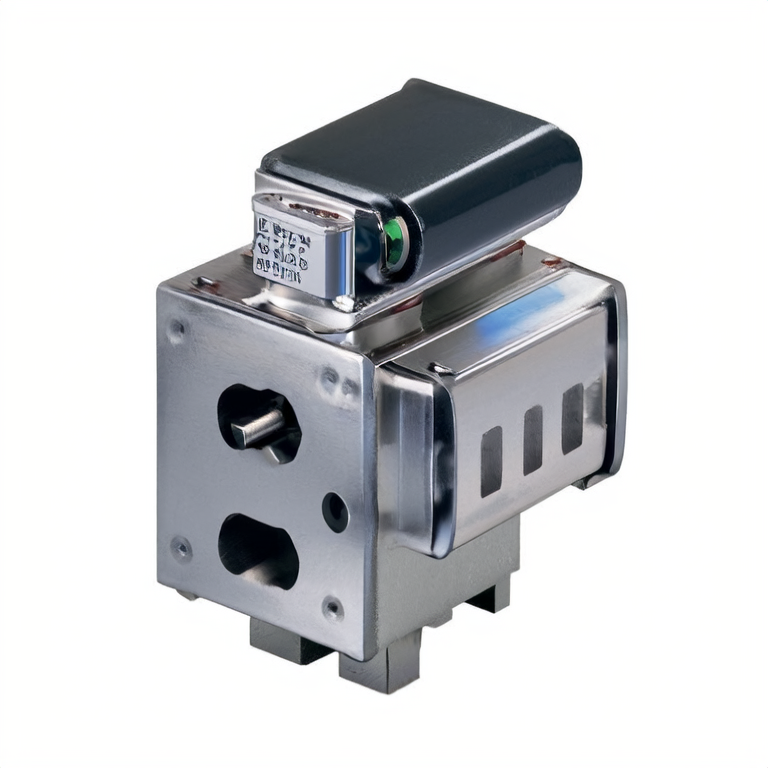Paper Mill Solves Pulp Flow Measurement Challenges with Heavy-Duty Electromagnetic Flow Transmitter
Sep. 02, 2025
Table of Contents
Accurate pulp flow measurement is critical in the paper mill industry, yet many manufacturers face significant challenges in this area. The integration of a heavy-duty electromagnetic flow transmitter offers reliable solutions to these concerns, improving efficiency and reducing operational costs. In this article, we explore the pain points in pulp flow measurement and how advanced flow transmitter technology can effectively address them.
2. The Challenges of Pulp Flow Measurement
In the dynamic environment of a paper mill, several hurdles make accurate pulp flow measurement difficult:
- Variable Flow Rates: Fluctuating flow rates complicate measurement accuracy.
- Equipment Wear: Conventional flow meters are prone to wear and tear.
- Corrosive Medium: Pulp can be corrosive, affecting sensor reliability.
- Temperature and Pressure Variations: Changes in thermal conditions may influence flow readings.
- Maintenance Downtime: Frequent calibration can lead to significant downtime and costs.
3. Heavy-Duty Electromagnetic Flow Transmitter as a Solution
Heavy-duty electromagnetic flow transmitters provide a robust solution to the aforementioned challenges:
- High Accuracy: They offer precise measurements even at variable flow rates.
- Durability: These transmitters are built to withstand harsh conditions.
- Corrosion Resistance: Their materials resist the corrosive nature of pulp.
- Temperature Range: They function effectively across a wide temperature spectrum.
- Minimal Maintenance: Less frequent calibration and maintenance are required.
4. Benefits of Using Electromagnetic Flow Transmitters
The implementation of electromagnetic flow transmitters in pulp flow measurement brings several advantages:
- Improved Process Control: Enhanced measurement accuracy leads to better process control.
- Cost Savings: Reduction in maintenance and downtime translates to operational savings.
- Increased Lifespan: Robust design means longer-lasting equipment.
- Real-Time Monitoring: Provides real-time data for optimized production.
- Versatile Applications: Suitable for various types of liquids beyond just pulp.
5. Case Study: Implementation in a Paper Mill
To illustrate the effectiveness of heavy-duty electromagnetic flow transmitters, we explore a case study from a leading paper mill:
Case Study Overview
A major paper mill faced persistent issues with their flow measurement system, causing production bottlenecks and increased costs. After implementing a heavy-duty electromagnetic flow transmitter, the following results were observed:
| Measurement Challenge | Before Implementation | After Implementation |
|---|---|---|
| Flow Rate Accuracy | ± 10% | ± 1% |
| Maintenance Costs | $25,000/year | $10,000/year |
| Downtime | 30 hours/month | 5 hours/month |
Conclusion of the Case Study
The adoption of the electromagnetic flow transmitter not only solved the initial measurement challenges but also dramatically improved flow accuracy, reduced operational costs, and minimized downtime. This case showcases the potential impact of advanced flow measurement technology in the pulp and paper industry.
6. Conclusion and Final Thoughts
Replacing traditional flow meters with heavy-duty electromagnetic flow transmitters marks a significant advancement in addressing pulp flow measurement challenges. By improving accuracy, durability, and maintenance requirements, manufacturers can optimize their operations and enhance productivity in the competitive paper mill industry. The case studies speak volumes, affirming that investing in high-quality flow measurement technology is not just beneficial, but essential for operational success.




